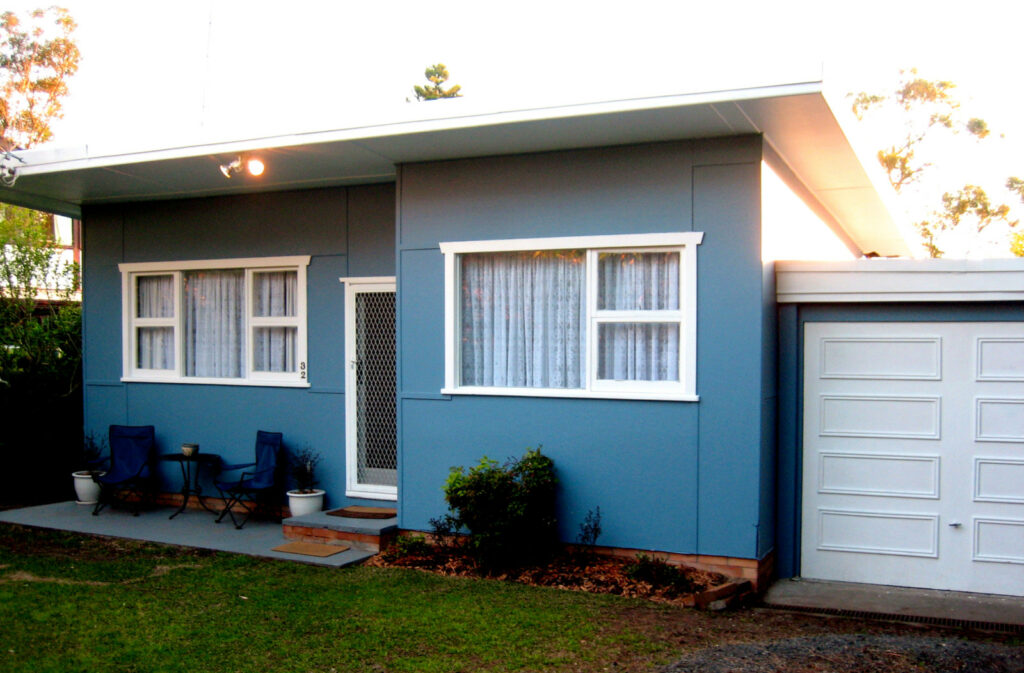It’s Asbestos Awareness Month this November so it’s the perfect time for homeowners and renovators to become aware of the dangers of asbestos. Did you know that Australia has one of the highest rates of asbestos-related diseases in the world?

Thanks to Asbestos Awareness (AA), you now have access to plenty of great advice to help you identify the various types of asbestos-containing products that might be lurking in your home!
The Myth
According to AA, many Australians wrongly believe that ONLY fibro homes contain asbestos. Asbestos products can most likely be found in ANY Australian home built or renovated before 1987 even brick, weatherboard, fibro and clad homes.
Where can you find asbestos?
Asbestos-containing materials can be found in any Australian home built or renovated before 1987. Although asbestos was banned in Australia in 2003, thousands of different types of products remain hidden dangers in 1 in 3 homes including brick, weatherboard, fibro and clad homes – even apartments.

Asbestos can be found under floor coverings and constructs such as:
- carpets
- linoleum and vinyl tiles
- behind wall and floor tiles, in cement floors
- internal and external walls
- ceilings, eaves and garages
- around hot water pipes
- fences
- extensions to homes
- outdoor toilets, dog kennels, and backyard sheds
Pretty much anywhere!
How dangerous is asbestos?
Asbestos-related diseases continue to increase among Australians as a direct result of exposure to asbestos fibres during home renovations and maintenance. Inhaling asbestos fibres or dust can cause asbestos-related diseases including lung cancer and malignant mesothelioma.
It’s extremely important for all Australians to safely manage asbestos-containing materials that might be found in and around homes.
AA says if asbestos materials are sealed, undisturbed and in good, stable condition they are unlikely to release fibres and pose a health risk. However, if these materials are disturbed or unsealed the fibres can be harmful to your health and the health of your family.
What can you do?
Without knowing where asbestos-containing products might be located or how to manage asbestos safely, Australian’s risk disturbing asbestos and releasing fibres when renovating or maintaining homes. To assist homeowners in identifying various types of asbestos-containing products and where they might be found in homes, Asbestos Awareness has created a Healthy House Checklist.
This is intended for use as a guide only. If you’re unsure or suspect your home contains asbestos, AA recommends calling in a licensed remover or licensed asbestos inspector.
The law
There are legal requirements regarding asbestos management, its removal and its disposal. Where asbestos fibres are friable (loose and not bonded into building materials) only licensed friable removalists are allowed to remove it.
For more information, visit asbestosawareness.com.au
It’s vital that Australians take the warnings seriously, that they stop playing ‘renovation roulette’ and protect themselves and their families from exposure to asbestos fibres during renovations and maintenance.
You can read more of Naomi’s blogs here.
 Naomi Findlay is an experienced interior designer, project manager and stylist who also loves sharing her passions and experience by teaching others.
Naomi Findlay is an experienced interior designer, project manager and stylist who also loves sharing her passions and experience by teaching others.
Leave a Reply